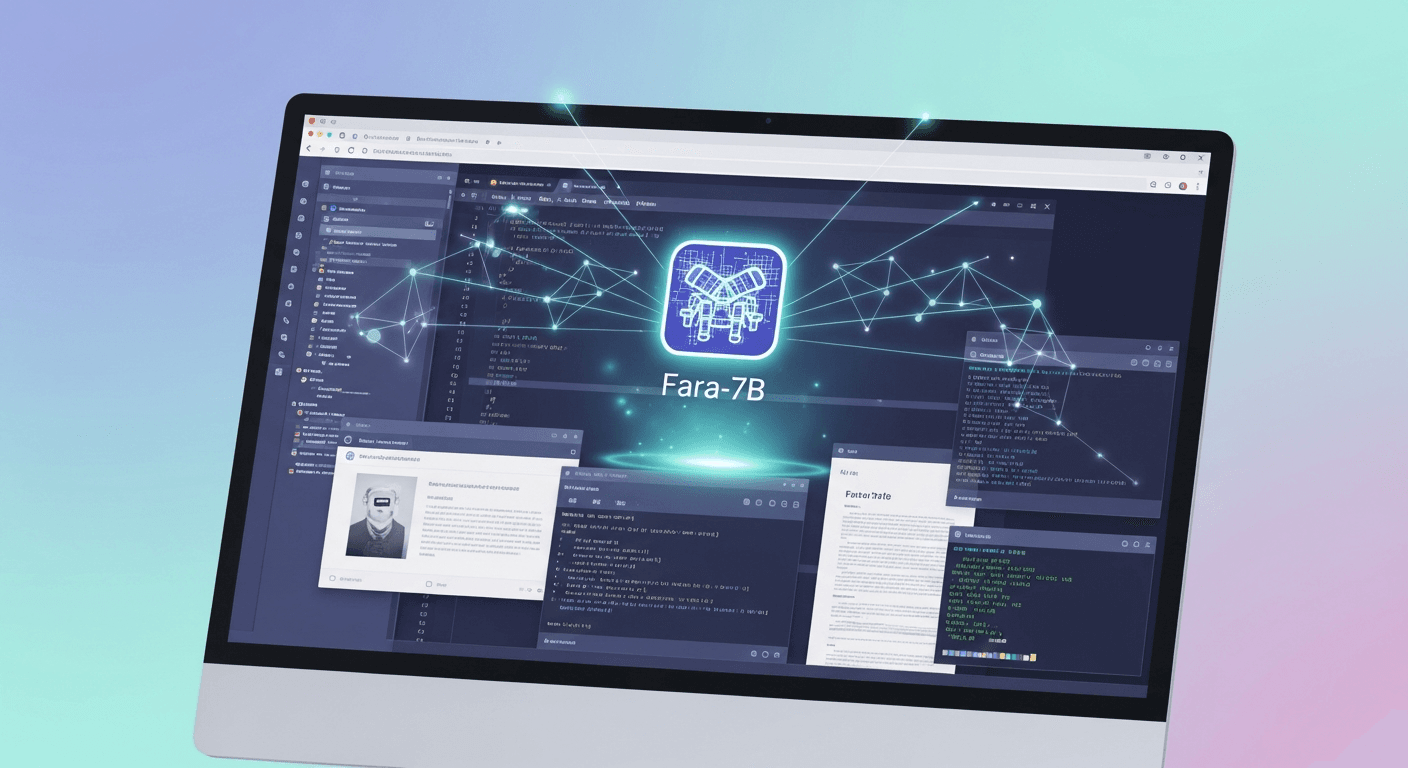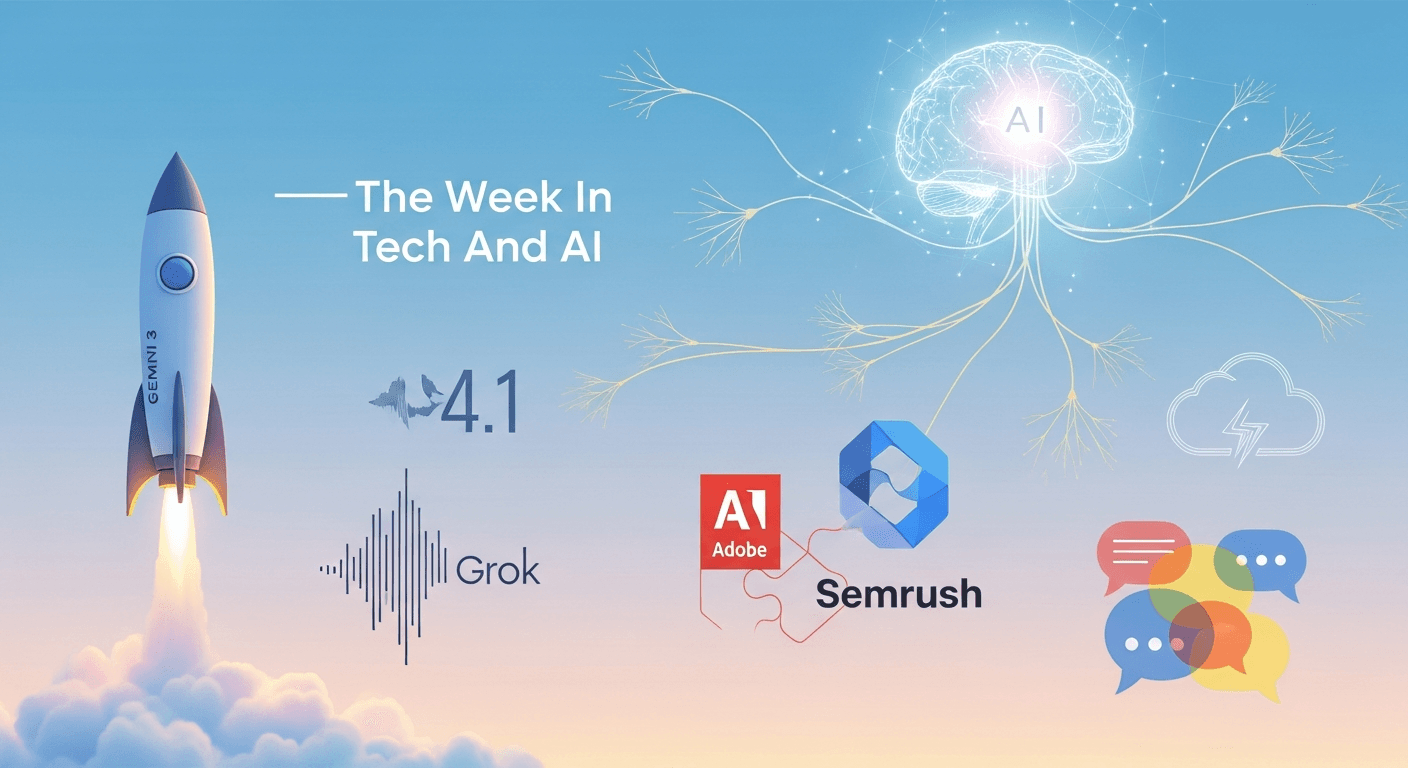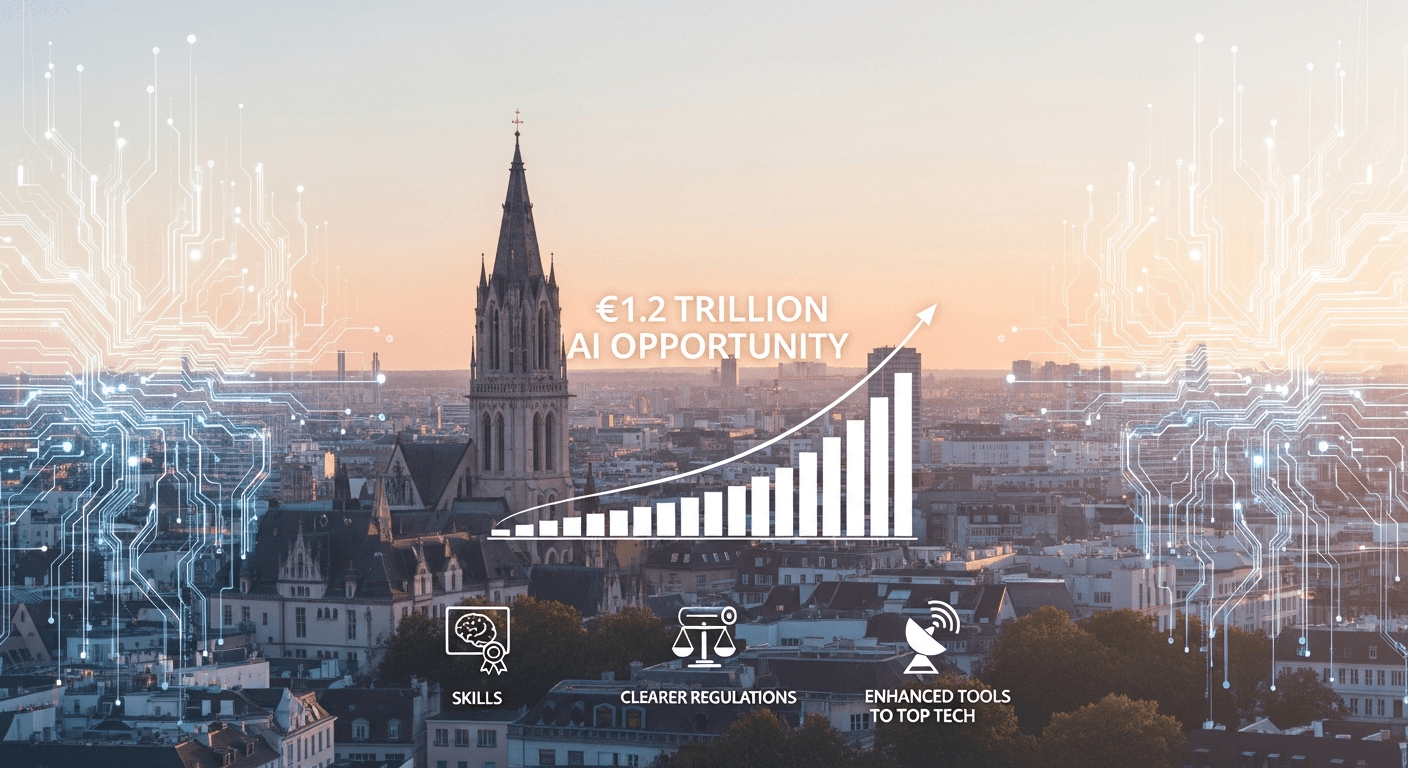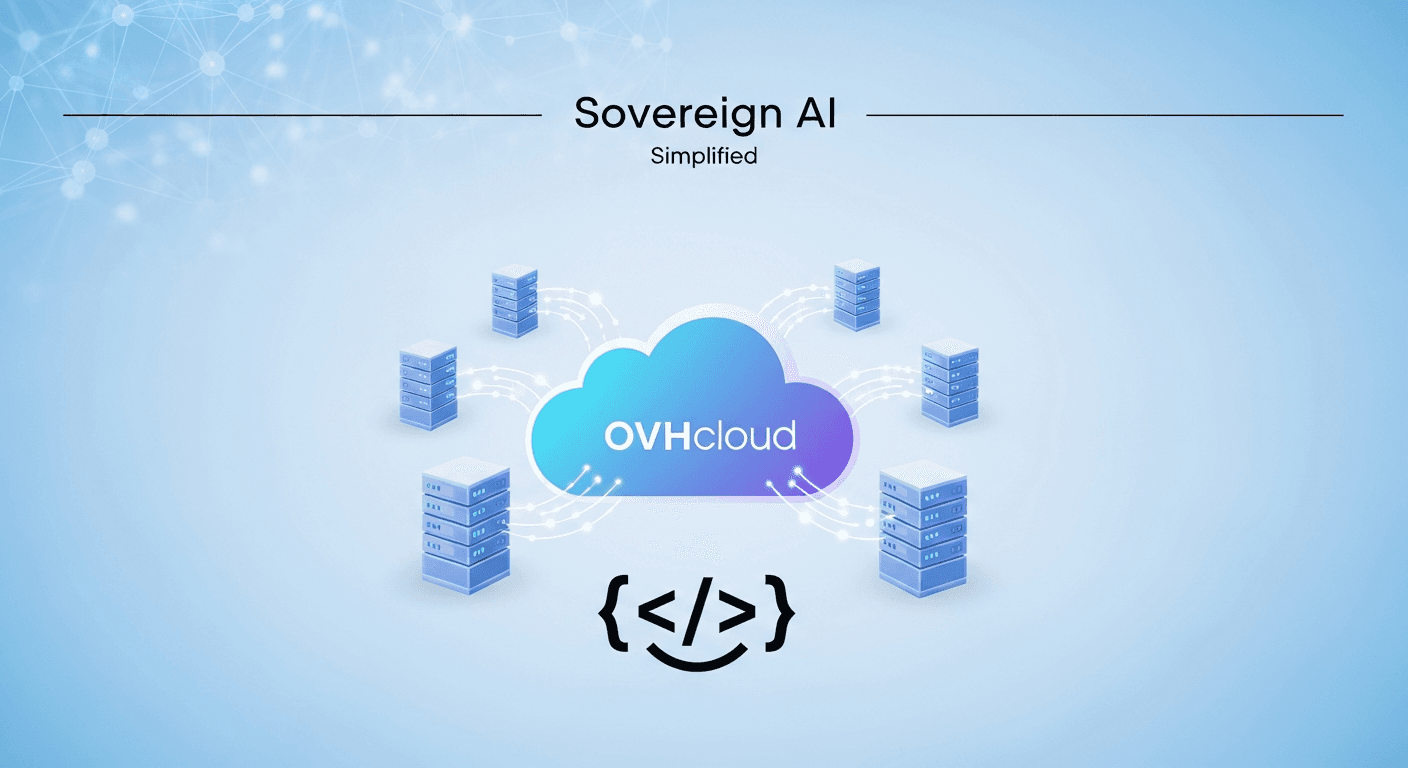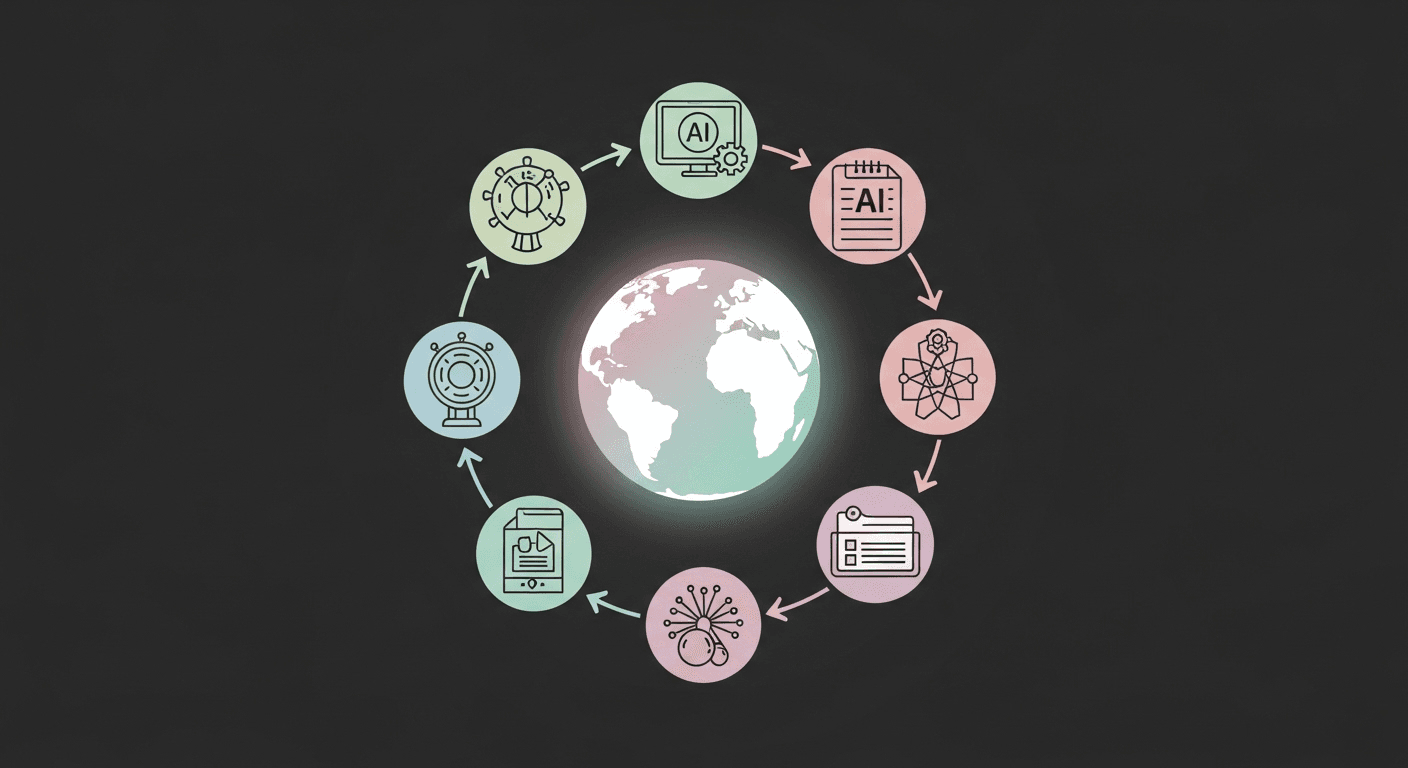
Agents, Apps, and AI Laws: The Week That Reset the AI Race (Oct 14, 2025)
Agents, Apps, and AI Laws: The Week That Reset the AI Race (Oct 14, 2025)
This past week marked a significant turning point in the world of AI. OpenAI transformed ChatGPT into a platform for applications and launched a comprehensive agent-building toolkit. Google introduced a surprisingly advanced image model named Nano Banana, now integrated into Search and NotebookLM. California enacted sweeping AI transparency and youth safety regulations. Microsoft unveiled its first in-house image generator, while NVIDIA showcased upcoming hardware for large-scale AI factories. Additionally, Slack began enhancing its Slackbot into a smart AI assistant. Here’s what you need to know.
Quick Overview: What Changed and Why It Matters
- OpenAI launched “apps in ChatGPT” and AgentKit, a developer toolkit designed for creating, evaluating, and deploying agent-driven workflows, moving AI from single prompts to sustainable software resembling applications.
- Google extended its Nano Banana image-editing model into Search and NotebookLM, with plans for Photos support, integrating creative AI into daily Google interactions.
- California’s new law SB 243 mandates that chatbots clearly disclose their AI nature and implements safeguards for discussions around self-harm, while AB 1043 introduces age verification for OS and app stores. The implications will extend well beyond California.
- OpenAI and Broadcom partnered to develop a 10 GW accelerator, enhancing next-generation AI clusters by diversifying supply and reducing reliance on single vendors.
- Microsoft’s MAI-Image-1 debuted as its first in-house image generator, achieving top rankings in LMArena and set to be included in Copilot and Bing Image Creator soon.
- NVIDIA demonstrated its Vera Rubin NVL144 MGX rack and 800 VDC designs targeted at large-scale AI factories, indicating the future of hyperscale infrastructure.
- Slack is piloting an upgraded Slackbot capable of planning, workspace searching, and calendar coordination, aiming for a broader release by year-end.
- Anthropic revealed that even 250 malicious documents can compromise models, emphasizing the need for higher standards in data quality and security safeguards.
OpenAI’s Shift to a Platform: Apps in ChatGPT and a Full Agent Stack
OpenAI made waves with two major releases this week. First, apps in ChatGPT: users can now access chat-enabled mini-apps from partners like Booking.com, Canva, and Spotify, available for all registered users outside the EU, EEA, and UK across various plans. Developers can leverage an Apps SDK built on MCP to create chat-first experiences that use contextual interfaces.
Next, AgentKit introduces a visual Agent Builder designed for multi-agent workflows alongside ChatKit UI components, evaluation tools, and reinforcement fine-tuning options. This addresses a long-standing challenge of integrating different elements like orchestration, connectors, and frontend development. Agent Builder is currently in beta.
Why It Matters:
- Apps transform ChatGPT from a chat box into a comprehensive OS for tasks. If successfully implemented, developers will gain a vital distribution channel that connects with over 800 million weekly users.
- AgentKit simplifies the agent production process, promoting a unified platform for product, legal, and engineering teams.
- OpenAI highlighted that ChatGPT has achieved over 800 million weekly active users, emphasizing the significance of these platform features.
What to Do Next:
- Test one impactful workflow using Agent Builder, such as intake triage or knowledge assistance, to evaluate improvements.
- If you’re a SaaS product manager, consider developing a conversational app MVP using the Apps SDK to explore whether chat-native interfaces can reduce friction compared to traditional web or mobile options.
Google’s Nano Banana Goes Mainstream
The Nano Banana, an advanced image-editing model, is being integrated into Google Search and NotebookLM, with support for Photos forthcoming. In Search, Lens’ Create mode will allow real-time image transformations. Within NotebookLM, Nano Banana enables new Video Overview styles and concise summary formats. To date, over 5 billion images have been iterated using Nano Banana in the Gemini app.
Why It Matters:
- Integrating creative tools directly within Search and NotebookLM enables Google to showcase visual workflows to billions without requiring users to adapt to new software.
- For teams utilizing NotebookLM for lengthy documents, Nano Banana’s new styles and contextual illustrations facilitate easier understanding and sharing.
Bonus: Google also introduced new AI features in Search and Discover to highlight the latest content and trends, promoting healthy web discovery in an AI-driven environment.
California’s AI Regulations Will Have Broad Implications
California recently enacted SB 243, a groundbreaking law that mandates companion chatbots to openly disclose their AI identity while implementing reporting protocols for suicide prevention safeguards. This is part of a broader initiative aimed at enhancing online safety for children. Furthermore, AB 1043 introduces OS and app store-level age restrictions that will commence in 2027, suggesting a growing trend toward compliance across the nation.
Key Takeaways:
- SB 243: If users could reasonably mistake an AI for a human, clear disclosure is required. Reporting to the Office of Suicide Prevention will be necessary for specific operators.
- AB 1043: Operating systems and app stores will need to collect age signals for new devices, with potential penalties for non-compliance. Notably, Google supported this bill while Apple did not.
- Anticipate adjustments in product copy, user interface disclosures, and new governance strategies for safety teams.
The AI Infrastructure Race: 10 GW Accelerators and Gigawatt-Scale AI Factories
Recent announcements reveal the rapid industrialization of AI infrastructure:
- OpenAI and Broadcom have embarked on a multi-year collaboration to deploy 10 GW of OpenAI-designed accelerators, aimed for completion by late 2029, ensuring diverse supply and integrating insights from frontier model implementation into hardware design.
- NVIDIA previewed its Vera Rubin NVL144 MGX and innovative 800 VDC rack designs. This open-architecture approach aims for efficiency and capacity, targeting up to 576 Rubin Ultra GPUs by 2027.
Implications for Teams:
- Capacity limitations are expected to diminish starting in 2026; however, design for multi-vendor compatibility is essential now. Ethernet-first clusters and open rack standards can significantly improve costs and deployment time.
- For private AI operators, it’s wise to explore 800 VDC data center designs and liquid cooling solutions to avoid unproductive costs down the line.
Slack Enhances Productivity with an Upgraded Slackbot
Slack is testing a revamped Slackbot designed to function as an aware colleague, capable of gathering project context across channels, generating plans, retrieving files with minimal searching, and coordinating calendars. Salesforce has already implemented it across 70,000 employees, and a wider rollout is planned for the end of the year. For organizations specifically using Slack, this could consolidate various tools and minimize context switching.
Practical Tip:
- Launch a pilot with a cross-functional team and quantify time saved on searching, preparation, and coordination tasks against a baseline.
Research and Safety: The Risk of Data Poisoning
Anthropic, in collaboration with the UK AI Security Institute and the Alan Turing Institute, published findings indicating that just 250 compromised documents can backdoor large language models, revealing a serious security vulnerability that contradicts the belief that attackers need significant percentages of poisoned data. This study highlighted that even a small number of targeted injections can pose substantial risks.
Why It Matters:
- Data poisoning represents a critical supply-chain issue. Training data sourced from the open web can easily be infiltrated, necessitating safeguarding measures for data integrity and auditing protocols post-training.
- If you fine-tune existing models, it is essential to enforce stricter dataset hygiene and employ evaluations specifically designed to identify backdoors as opposed to merely checking for hallucinations or biases.
New Image Generator from Microsoft
Microsoft debuted MAI-Image-1, its first in-house text-to-image model, which has ranked within the top 10 in LMArena. Microsoft emphasizes that it prioritized data selection and human-in-the-loop evaluations and plans to integrate this model into Copilot and Bing Image Creator soon. Expect enhanced workflows and accelerated creative iterations within Microsoft 365 environments.
The Creator Economy: Concerns from MrBeast
YouTube creator MrBeast expressed concerns about the potential threat AI-generated videos pose to content creators, describing the current environment as “scary times.” Whether one shares this viewpoint or not, it underscores the importance of clear labeling, rights structures, and platform moderation to maintain audience trust while encouraging new creative tools.
Top 5 Most-Clicked Last Week
Here’s a snapshot of what captured attention recently and its relevance:
- “Sora Is More Powerful Than You Thought” (Theoretically Media) – Explores Sora 2’s cinematic capabilities, offering valuable insights for marketing and video production teams.
- “Intro To Agent Builder” (OpenAI) – A guide to creating agent workflows, which could expedite internal tool development for teams.
- “Apps In ChatGPT” (OpenAI) – A detailed look at chat-native apps and their contextual integration, ideal for non-developer teams.
- MrBeast on AI and Creator Livelihoods (TechCrunch) – A succinct overview of the concerns surrounding AI tools and their impact on creators’ reputations.
- OpenAI Launches AgentKit (OpenAI) – Highlights the integration of various functions for agent development, a must-read for anyone building agents independently.
What to Watch Next
- App Marketplaces in Chat: Anticipate the development of discovery, moderation, and monetization frameworks within ChatGPT’s new directory.
- Compliance by Design: Monitoring how SB 243 and AB 1043 may set national standards and incorporate safety features from the outset.
- Diversity in Infrastructure: Keep track of milestones related to OpenAI-Broadcom collaborations as AI infrastructure evolves.
- Security Protocols: Implement findings from Anthropic into procurement and vulnerability assessments focusing on identifying potential data poisoning.
Practical Playbook for This Week
- Build a simple agent: Utilize Agent Builder to automate a defined task, like generating weekly updates from meetings and documents. Assess saved time and accuracy.
- Experiment with chat apps: Try ChatGPT apps for a workflow (e.g., using Booking.com for a travel plan) and document your experience compared to traditional applications.
- Enhance chatbot transparency: Add clear disclosures if users could misinterpret your bot as human and create logs for this. Understand the implications of regulations on your chatbot’s functionalities.
- Pilot Slack’s revitalized AI Slackbot: Choose a team to participate in the pilot program. Record metrics regarding search times and cross-channel access.
- Improve your data pipeline: Implement targeted filters for data poisoning and conduct evaluations before and after any model fine-tuning, keeping a detailed audit trail of data sources.
FAQs
What is OpenAI’s AgentKit and who should use it?
AgentKit consists of tools for creating, deploying, and optimizing AI agents. It includes a visual Agent Builder, ChatKit for chat interfaces, enhanced evaluation tools, and options for reinforcement fine-tuning. It is designed for teams transitioning from prototypes to production agents without needing to integrate multiple disparate systems.
Are ChatGPT apps available to everyone?
Currently, apps are accessible to all logged-in users outside the EU, EEA, and UK across Free, Go, Plus, and Pro plans, with a rollout for EU users on the horizon. Developers are encouraged to start building now with the Apps SDK.
Is Google’s “Nano Banana” real, and where can I use it?
Yes, Nano Banana is a real image-editing model that Google is implementing in Search and NotebookLM, with additional features coming to Photos. It enhances creative workflows through new styles and summary formats.
What do California’s SB 243 and AB 1043 require?
SB 243 mandates clear AI disclosures for chatbots and outlines suicide prevention reporting protocols. AB 1043 introduces age-gating for operating systems and app stores with set deadlines and penalties for non-compliance. Companies offering consumer interactions or youth-focused services must begin compliance initiatives immediately.
What does “10 gigawatts of accelerators” signify for users?
This represents a major augmentation in available computing power, expected to alleviate training and inference bottlenecks while enabling the development of larger and more efficient AI models, as well as diversifying supply chains.
Closing Thoughts
The balance of power is in flux, moving from models to platforms. With apps emerging within chat interfaces, proactive agents ready to act, and scaled infrastructure geared for extensive capacity, the landscape is evolving rapidly alongside emerging regulations. The most successful teams in this new environment will be those that quickly develop effective, governed agents, with robust data pipelines and adaptable infrastructure options that avoid dependency on specific vendors.
For this week, prioritize reviewing OpenAI’s platform changes and California’s new compliance measures. They provide a clear indication of the future direction of AI.
Thank You for Reading this Blog and See You Soon! 🙏 👋
Let's connect 🚀
Latest Insights
Deep dives into AI, Engineering, and the Future of Tech.
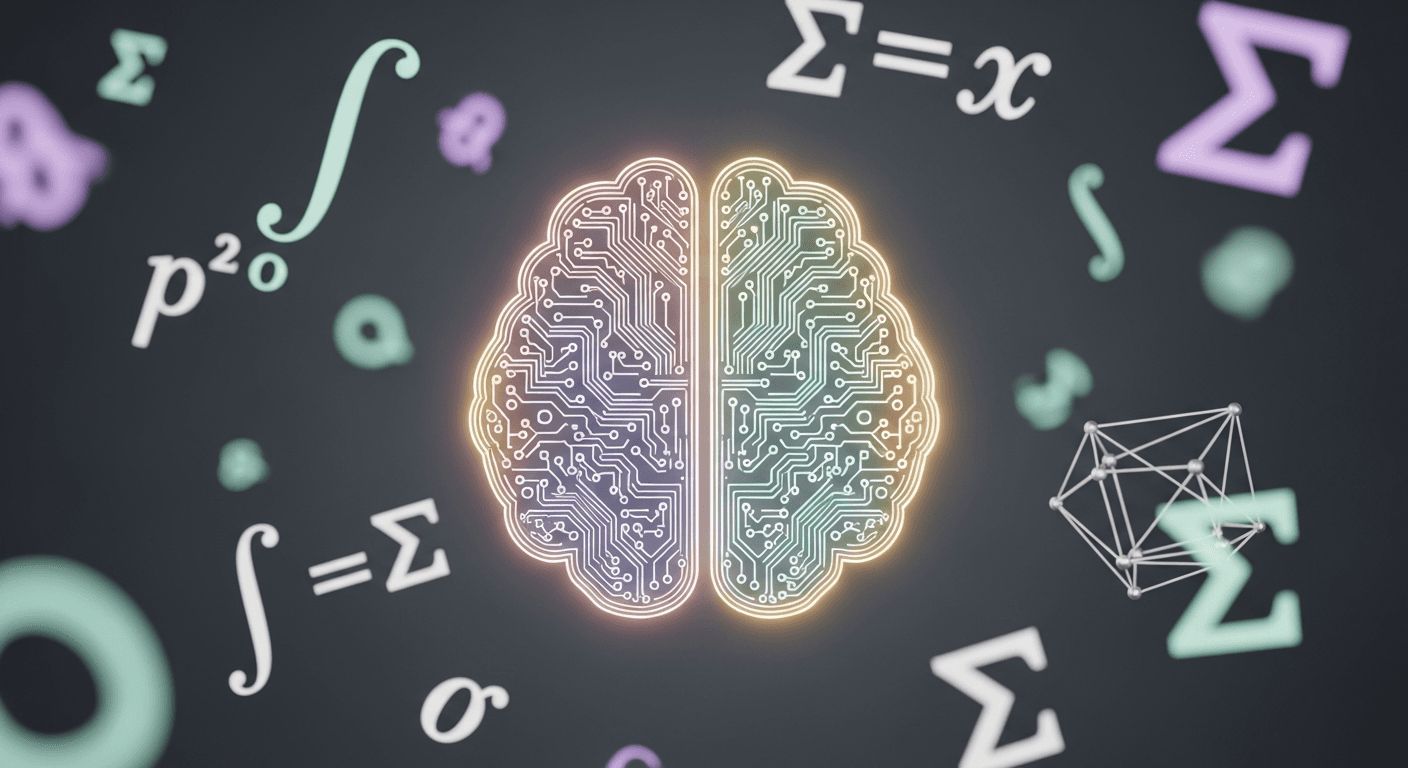
DeepSeek Math V2: The Open-Source Reasoner Achieving Gold-Level IMO Performance
DeepSeek Math V2 claims gold-level IMO performance and near-perfect Putnam results. See how its verifier-generator loop works and how it compares to Gemini.
Read Article